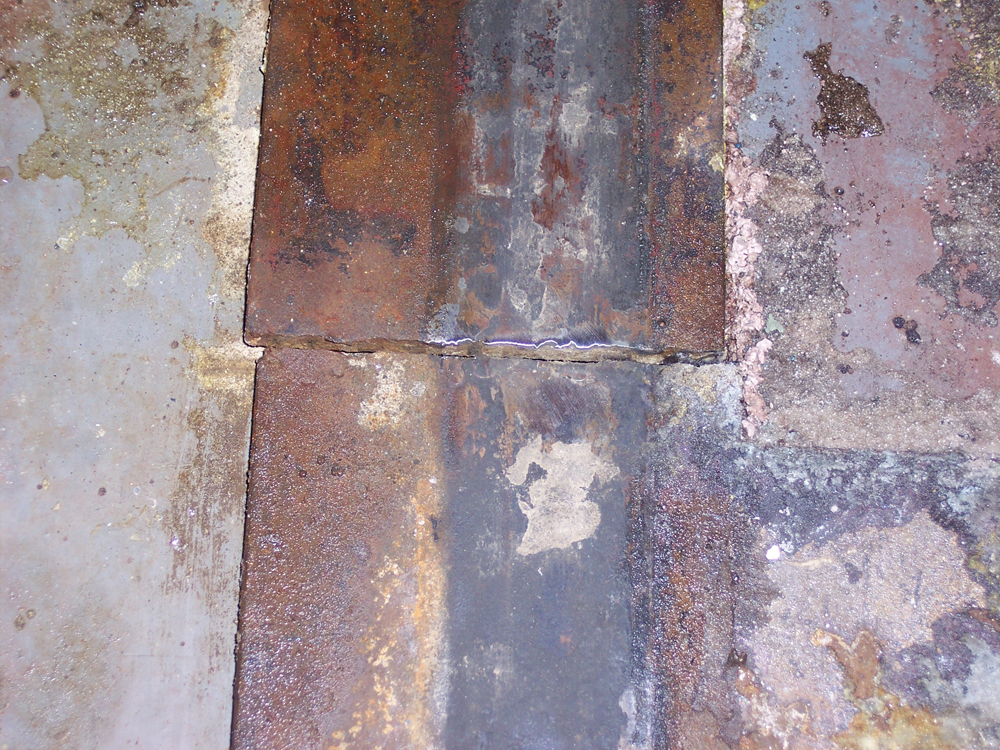We use cookies to make your experience better. To comply with the new e-Privacy directive, we need to ask for your consent to set the cookies. Learn more.
Your Battery Room Floor is No Place to Cut Corners
Operator aboard industrial battery changers need a smooth, flat surface for safe travel. Unfortunately, the extractor’s travel path is exactly where batteries tend to drip electrolyte. If you have a bare concrete floor, that’s a recipe for disaster.
The reason is simple: acid destroys concrete, and the sulfuric acid found in battery electrolyte compounds the problem with a corrosive sulfate attack. Over time, this can create pitted, uneven flooring, right where it will cause the most damage.
Even if your floor is spotless, a minor change in elevation can cause battery handling equipment to lean, which isn’t safe. Some operations try to get around these issues by embedding a steel plate along the battery extractor travel path.
That’s not a good idea. While cheaper and less disruptive in the short term, this solution can lead to costly repairs and safety issues further down the line. Here’s why.

- When you install steel plates, it’s impossible to avoid creating cracks and seams. Corrosive liquid from spills or battery washes will seep into these spaces even if the seams have been sealed.
- Lodged in a seam, electrolyte won’t evaporate as quickly, which gives it more time to eat away at the concrete around the steel plates. Soft spots and hollows develop underneath.
- When your battery changer travels over these spots, the steel can bend and even break. That leads to a dangerously uneven travel path.
- Inevitably, the plates and surrounding concrete will need to be replaced. Before long, you’ll have more problems with your floor than when you started.
Instead of going for the short term fix, install a quality battery room floor from the start. BHS offers a proven four-step process to ensure a safe, long-lasting battery room floor.
- The BHS installation team starts by digitally measuring the flatness and levelness of the existing floor. If they find uneven areas, they’ll spot-grind them until they’re level.
- Qualified technicians grind the top layer of concrete until it meets rigid specifications for flatness and levelness. This step also ensures that the next layer will adhere strongly.
- Next, contractors apply a primer coat to the floor, assuring that additional layers go on evenly.
- Finally, a non-porous epoxy coating completes the floor. This coating isn’t just acid-resistant: it will protect your floors from other chemicals, abrasion, and even impact.
No matter what, your battery room floor will take a beating. When your operation is running at maximum capacity, make sure your floor can handle it. Don’t cut corners; install a floor that’s built for the rigors of the battery room.
References:
Shoemaker, Ken S. "How a Floor Can $ave Millions." Material Handling Management (2007): 62-11. Penton, 1 Nov. 2007. Web. 1 Dec. 2015.
“Understanding Cement.” understanding-cement. WHD Microanalysis Consultants Ltd., n.d. Web. 1 Dec. 2015.
